For reference: Footcandle measurements for a two-bulb T8 fixture
sonnypippo
19 years ago
Related Stories
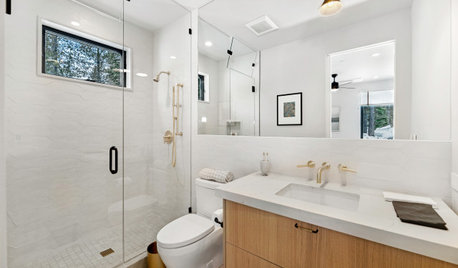
BATHROOM DESIGNKey Measurements to Make the Most of Your Bathroom
Fit everything comfortably in a small or medium-size bath by knowing standard dimensions for fixtures and clearances
Full Story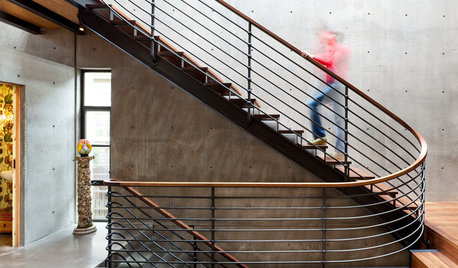
REMODELING GUIDESKey Measurements for a Heavenly Stairway
Learn what heights, widths and configurations make stairs the most functional and comfortable to use
Full Story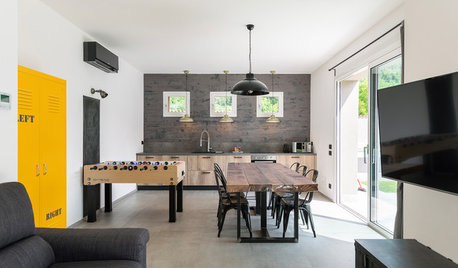
REMODELING GUIDESKey Measurements: Recreation Rooms Rule
Planning to fix up the basement or build an addition for game tables? Learn what will fit and what you might want to include
Full Story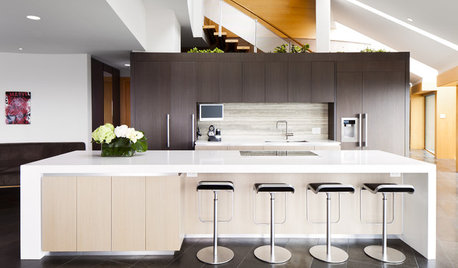
DECORATING GUIDESEasy Reference: Standard Heights for 10 Household Details
How high are typical counters, tables, shelves, lights and more? Find out at a glance here
Full Story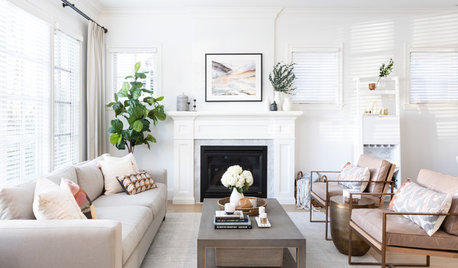
LIVING ROOMSKey Measurements for Your Living Room
Learn the basic dimensions that will allow good circulation, flow and balance as you fit in all the furnishings you want
Full Story
STANDARD MEASUREMENTSThe Right Dimensions for Your Porch
Depth, width, proportion and detailing all contribute to the comfort and functionality of this transitional space
Full Story
KITCHEN DESIGNKey Measurements to Help You Design Your Kitchen
Get the ideal kitchen setup by understanding spatial relationships, building dimensions and work zones
Full Story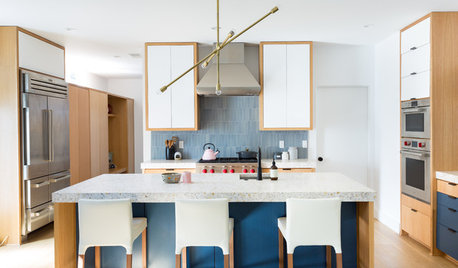
STANDARD MEASUREMENTSKey Measurements to Help You Design Your Home
Architect Steven Randel has taken the measure of each room of the house and its contents. You’ll find everything here
Full Story
BATHROOM DESIGNKey Measurements to Help You Design a Powder Room
Clearances, codes and coordination are critical in small spaces such as a powder room. Here’s what you should know
Full Story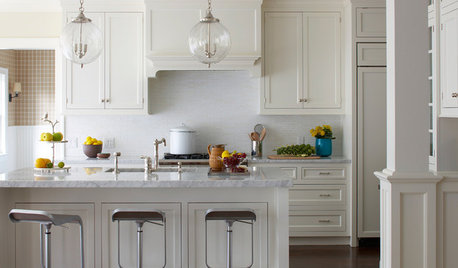
DECORATING GUIDESObjects of Desire: 8 Gorgeous Globe Light Fixtures
Conjure the music of the spheres with everything from a single globe light to a constellation of pendants
Full Story





john_z
orchidsnyc
Related Professionals
East Rancho Dominguez Landscape Architects & Landscape Designers · Norton Shores Landscape Architects & Landscape Designers · Belvedere Park Landscape Contractors · Golden Landscape Contractors · Hayden Landscape Contractors · McLean Landscape Contractors · Midland Landscape Contractors · San Pedro Landscape Contractors · Thonotosassa Landscape Contractors · Washington Landscape Contractors · Maywood Fence Contractors · Mount Pleasant Fence Contractors · Saratoga Springs Fence Contractors · Washington Fence Contractors · Portage Roofing & GutterssonnypippoOriginal Author
orchidsnyc
john_z
zink
john_z
sonnypippoOriginal Author
john_z
john_z
sonnypippoOriginal Author
john_z
john_z
sonnypippoOriginal Author
john_z
sonnypippoOriginal Author
shrubs_n_bulbs
sonnypippoOriginal Author
shrubs_n_bulbs
zink
shrubs_n_bulbs
john_z
shrubs_n_bulbs
john_z
gawdly
shrubs_n_bulbs
gawdly
shrubs_n_bulbs
john_z
shrubs_n_bulbs
shrubs_n_bulbs
john_z
bobb_2002
sonnypippoOriginal Author
shrubs_n_bulbs
john_z
shrubs_n_bulbs
john_z
john_z
john_z
sonnypippoOriginal Author
trkl
john_z
shrubs_n_bulbs
zink
trkl
shrubs_n_bulbs
huuey
rob_thompson
plantcrazed101